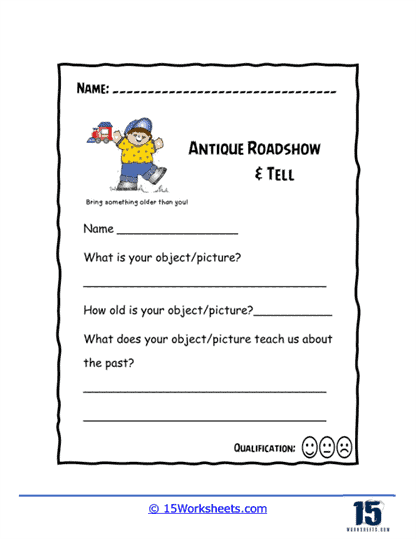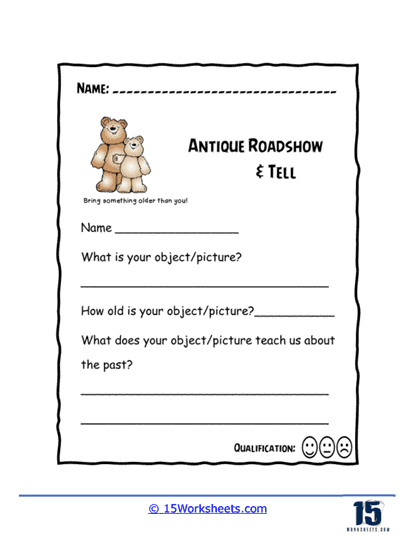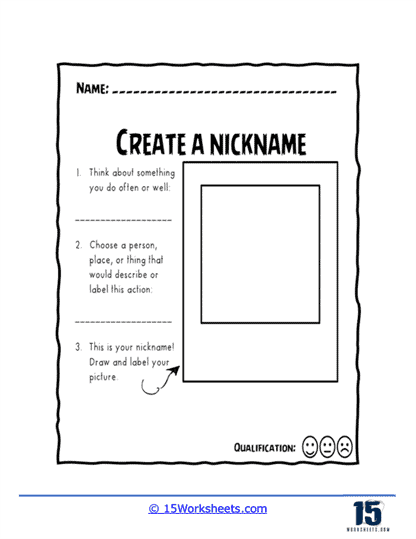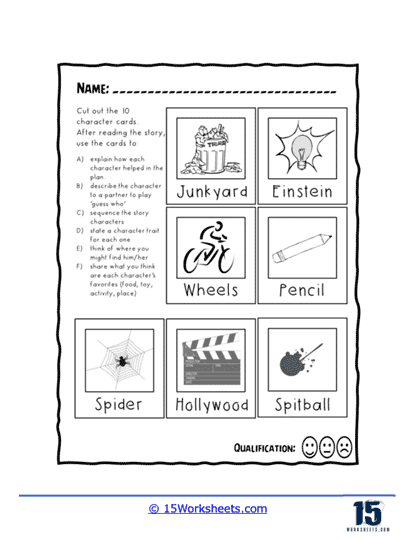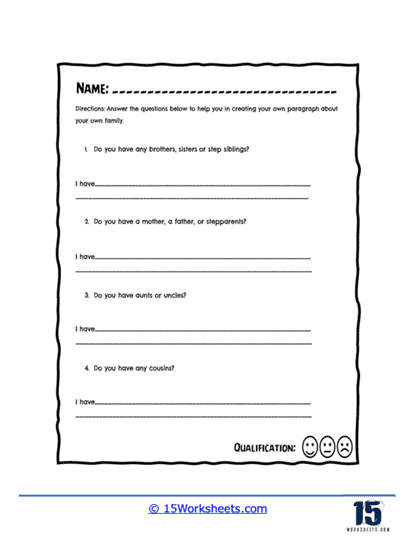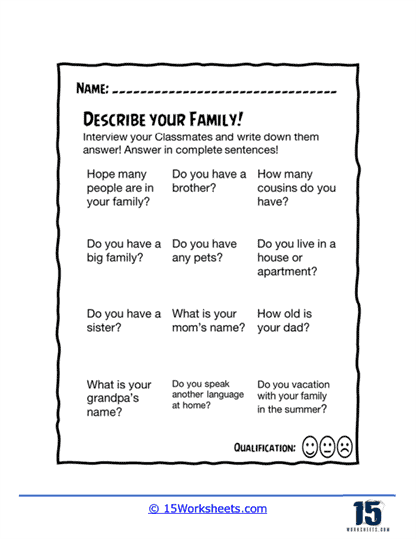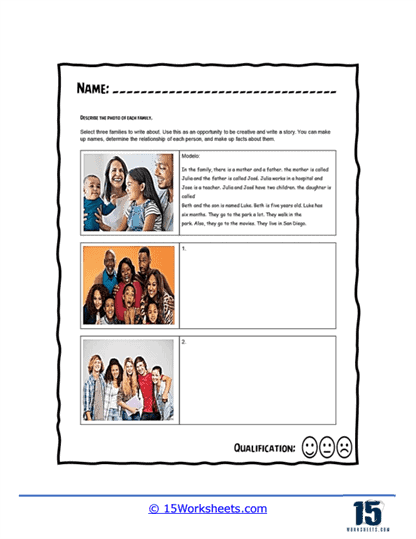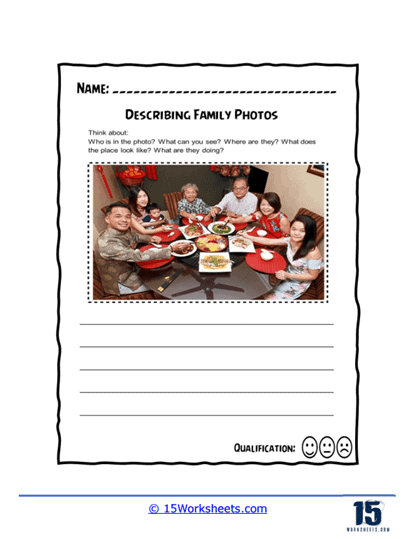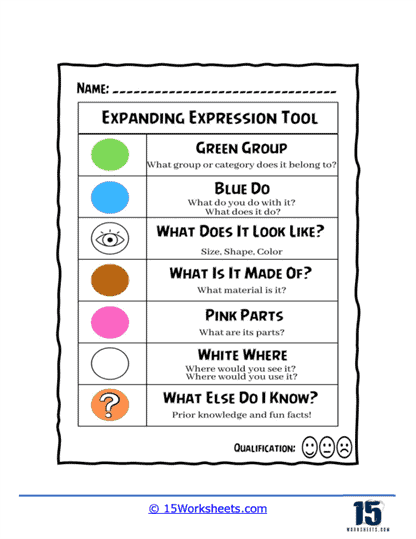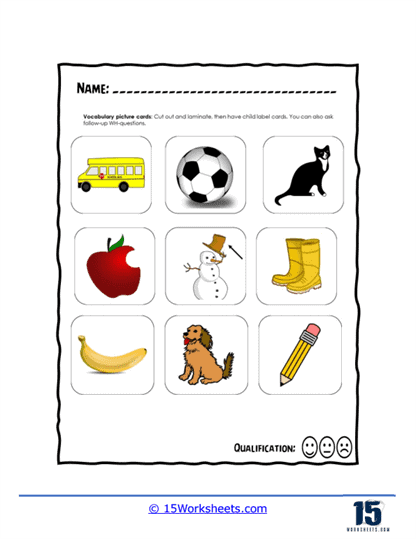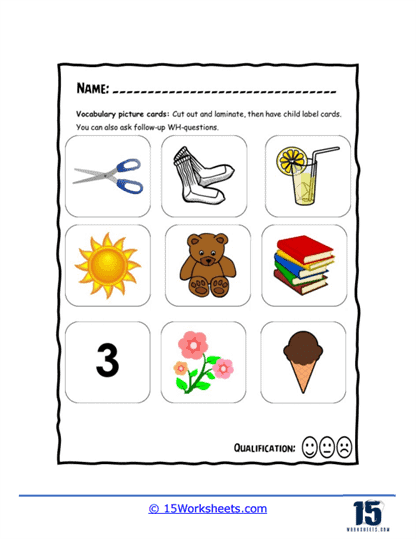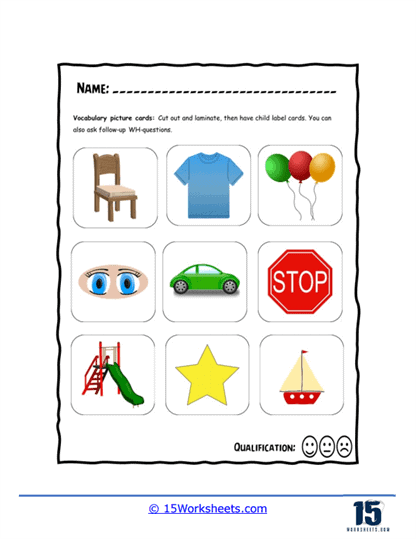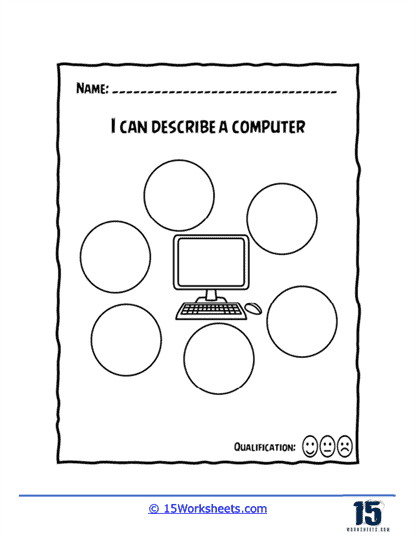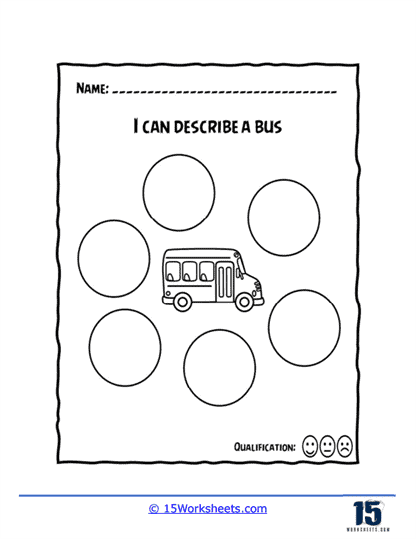Describing Objects Worksheets
All About These 15 Worksheets
Preschool is a formative period in a child’s life, marked by rapid cognitive, linguistic, and social development. Introducing preschoolers to Describing Objects worksheets is a wonderful way to foster their observational skills, enhance language development, and build the foundation for early cognitive abilities.
This collection of Describing Objects worksheets for preschool offers an engaging resource for caregivers, parents, and educators to encourage children to explore, communicate, and express their thoughts and observations about the world around them. These worksheets provide a fun and interactive approach to learning that supports cognitive development, language acquisition, and a deeper connection to the environment.
What Are Describing Objects Worksheets?
Describing Objects worksheets are educational resources designed to help children develop their observational, language, and communication skills by focusing on the attributes and characteristics of various objects. These worksheets typically present children with images or descriptions of objects and encourage them to use descriptive words and phrases to provide more detail about the items.
Describing Objects worksheets may cover various aspects, such as:
Shape – Children identify and describe the shape of objects (e.g., circle, square, triangle, etc.).
Color – Worksheets focus on the color or colors of an object.
Size – Activities encourage children to describe objects in terms of their size (e.g., big, small, tall, short, etc.).
Texture – Children may be asked to describe the way an object feels (e.g., smooth, rough, soft, hard, etc.).
Material – Worksheets might prompt children to identify the material an object is made of (e.g., wood, plastic, metal, etc.).
Function – Activities can involve describing the purpose or function of an object.
Comparisons – Worksheets may ask children to compare and contrast objects based on their attributes.
These worksheets can be used in a variety of settings, including classrooms, therapy sessions, or at home, and can be adapted to suit different age groups and developmental levels. Describing Objects worksheets help children expand their vocabulary, improve their ability to observe and analyze, and enhance their critical thinking and communication skills. Additionally, these activities can be a fun and engaging way for children to learn more about the world around them.
How To Teach Students To Describe Objects
Teaching students to describe objects involves helping them develop their observational, language, and communication skills. By focusing on various attributes and characteristics of objects, students can learn to express their observations clearly and effectively. Here are some strategies for teaching students to describe objects:
Introduce Descriptive Vocabulary – Teach students words and phrases related to different attributes, such as shape, size, color, texture, material, and function. You can use flashcards, posters, or word walls to reinforce vocabulary.
Model the Process – Demonstrate how to describe objects by providing examples and verbalizing your thought process. For instance, you can pick up an object and describe its various features, encouraging students to do the same.
Encourage the Use of Senses – Help students explore objects using their senses, such as touch, sight, and sometimes smell, to gather more information about the object’s characteristics.
Use Visual Aids – Provide students with pictures or real objects to practice their descriptive skills. Encourage them to observe the objects closely and use their newly learned vocabulary to describe the items.
Provide Guided Practice – Create activities or worksheets that require students to describe objects in detail, focusing on specific attributes or characteristics.
Encourage Comparisons – Teach students how to compare and contrast objects based on their attributes. This can help them identify similarities and differences and develop their critical thinking skills.
Play Games – Use games and activities that involve describing objects, such as “I Spy,” “20 Questions,” or “Guess the Object.” These games can make the learning process more enjoyable and engaging.
Offer Feedback and Support – Provide constructive feedback on students’ descriptions, pointing out areas for improvement and praising their progress. Encourage them to ask questions and seek clarification when needed.
Practice in Different Contexts – Encourage students to apply their descriptive skills across various subjects and situations, such as writing assignments, science projects, or daily conversations.
Be Patient and Consistent – Remember that students develop their descriptive skills at different paces, and it’s essential to be patient and consistent in your teaching approach. Continually reinforce the vocabulary and techniques needed for effective object description.
By incorporating these strategies into your teaching, you can help students develop the skills and confidence needed to describe objects effectively and clearly, improving their communication and observational abilities.

